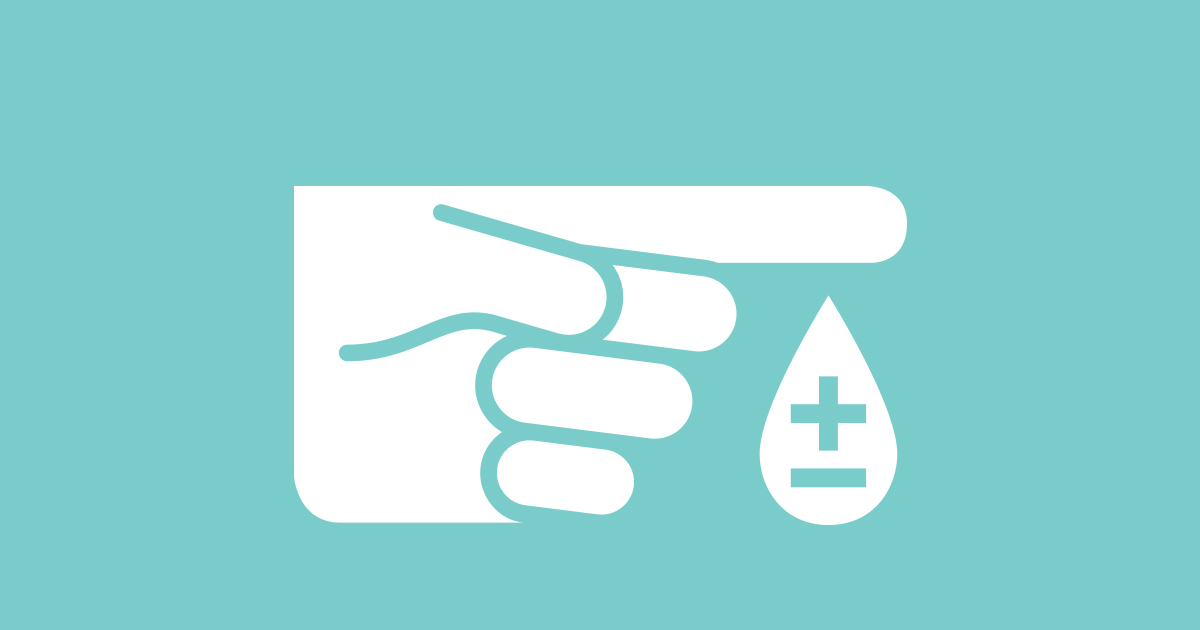The plague pandemic, also known as the black plague, Bubonic Plague or The Black Death, has been one of the widespread historical pandemics which still exists. This disease is caused by a bacteria called Yersinia Pestis or Y. Pestis. The outbreak started in 1894 and covered Asia, Africa, and Europe. The disease spreads from rats, any infected animals, contact with contaminated clothes or bedsheets, respiratory droplets of infected persons. Three major types of plague are Pneumonic, Septicemic, Bubonic Plague. Read on to know more about Plaque Disease, its causes, symptoms, specifications, treatment, preventive measures, and the best-suited health insurance plans.





















Plague cannot spread from human to human until direct contact. However, there are several ways that lead to the spread of plague and which ultimately led to historical pandemics. Let's understand the causes of this disease-
Plague disease can also spread from contaminated objects like bedsheets, clothes, and other such objects when left unprotected. The animals that spread Plague are-
Plague symptoms may vary from person to person and the type of plague that has infected the individual. Depending on the type of plague, the list below explains the common plague symptoms-
This is one of the most common types of Plague that attacks the lymph nodes of humans. Because of the swelling in lymph nodes called Buboes, this type is named Bubonic Plague. The common symptoms are-
This form of Plague is not too common. When the Y. Pestis bacteria enter the bloodstream, causing a Septicemic Plague. It happens due to multiplying of the bacteria. The symptoms include-
This form of Plague attacks the lungs of the patient. It is one of the rare types of plague which can be one of the most dangerous. It causes coughing and the sneezes and cough droplets can easily spread the disease from one person to another. Within a few hours, the symptoms can be evident. It includes-
The plague disease does not take much time to progress. So, if you have been around someone infected and you feel sick, contact your doctor immediately. If you find any such serious plague symptoms, it is better to contact your doctor. The outbreak of the Plague in India began in 1994 in Mamla village, Maharashtra and Surat, Gujarat.
As per reports, there were 783 plagues cases around the world in 2013 out of which 126 patients died. The natural foci of plague are considered to be 20 countries in Africa, Asia, and America. Only in rare cases, isolation is required. Otherwise medical care along with antibiotics help in curing the disease.
You must also be aware of the preventive measures that can keep you away from infections. The positive side is there are plenty of ways to stay safe from plague diseases. Some of the preventive measures include-
| Name of the Plan | Best Features |
|---|---|
| Niva Bupa ReAssure Health Plan |
|
| Star Comprehensive Insurance Policy |
|
| Star Health Medi Classic |
|
| SBI Arogya Premier Health Insurance |
|
There are several health insurance plans that cover Plague disease. Having health insurance means a number of benefits. Some basic benefits that you may have are-
Hospitalisation brings along lots of bills and expenses. Treatment cannot be compromised but you can definitely have a partner that offers you this financial aid. Having a health insurance cover for Plague means you can have a financial pillar that offers much needed financial help.
In the absence of an insurance cover, you need to pay all the bills from your own pocket. It creates an aura of tension for the patient and the one that bears the cost of treatment. However, when you have insurance cover, like for Plague, you need not worry. Even if you get hospitalised, you can focus on recovery rather than focusing on the bills. So, it provides much needed mental peace during treatment.
One of the most essential benefits of a health insurance plan is they offer wide coverage. Not only in terms of hospitals or benefits offered but also in terms of the diseases covered. Many Plague health plans also include coverage for several other diseases. So, you can get a comprehensive plan under one premium.
When you have a health insurance plan, you need not look for cheap treatment. Having financial security gives you the freedom to get the best possible healthcare treatment without worrying about the expenses incurred.
Health insurance plans provide a wide range of benefits but some of these may differ from company to company and plan to plan. Some of the most common health benefits found in almost all the health plans for Plague are as follows-







Health plans have some exclusions as well. These features are not covered under health insurance plans. Exclusions, as well, may differ from plan to plan. Although, majorly these exclusions are common to every company. These are-

Yes, Plague disease still exists but is not common anymore.
Plague is a disease caused by Y. Pestis bacteria that may affect the lymph nodes, lungs, or bloodstream of the patient causing fever, aches, diarrhoea, vomiting, and other serious problems.
The outbreak of the Plague began in 1894 in Asia, Africa, and Europe. It turned into an epidemic.
With the help of antibiotics, Plague was controlled. Isolation of the infected patients was also carried out.
The antibiotics with certain compositions are helpful in dealing with the Plague bacteria.
The bacteria called Yersinia Pestis causes Plague.
Depending on the type of Plague, some of the symptoms may vary. However, common Plague symptoms include fever, chills, aches, vomiting, diarrhoea, extreme weakness, buboes of lymph nodes of the neck, groin, or armpits.
Among the three types of Plague (Bubonic, Septicemic, and Pneumonic), the Pneumonic Plague is one of the deadliest that attacks the lungs causing shortness of breath.
There were three major attacks of the Plague endemic (6th century, 14th century, and 19th century). As of today, Plague is a rare disease but still exists.